There is something very satisfying and peaceful about taking a few ingredients and turning them into gorgeous loaves of bread.
Baking challah -- from scratch -- is about love. We show our love for family and friends by baking and serving them a piece of ourselves, our intentions, and our heart. Homemade bread has superior flavor, texture, and appearance (even if you are not doing elaborate braids).
Combining flour, salt, water, air (yeast makes gas/air) and a few other ingredients to recreate an ancient food, I am reliving the history of our religion and mankind in general. When humans learned to cultivate wheat, store it, and turn it into flour, we evolved as a species. Every time I pull a loaf of challah out of the oven it is a miracle. For Jews, we bake loaves of bread for our double portion of manna to show our devotion for our religion.
For those who have never baked challah, it is easy! Yeast is not scary to work with, and you don't have to be an expert braider to yield gorgeous loaves.
Be sure to have fun with your baking. Include some of what I like to call "add-ins" -- dried fruits, olives, herbs, spices, caramelized onions, roasted garlic, and whatever makes your heart sing. My son, Ari, likes to add chocolate chips. You can then decorate your challah with "add-ons" on top: shelled pumpkin seeds, flax seeds, poppy seeds, sesame seeds, Nigella seeds, oats, or whatever looks beautiful to you. For Sukkot, I love pumpkin challah.
This year, I hope you will consider baking homemade challah for the holidays -- here are my tips for baking your own challah and not plotzing!
Spread out your bread-baking
I make my dough 1-2 days ahead of Shabbat or the holiday and I store it in a bag in the refrigerator. The morning of the day I plan to serve the challah, I take my dough out of the refrigerator and let it warm up for several hours. A few hours before serving, I knead the dough and let it rise again. Before dinner, I bake the challah, and the whole house smells delicious. This is a great way to get ready for the holiday or Shabbat.
You can also bake your challot the day before and wrap the cooled loaves in foil. Gently reheat the challah in a LOW oven before serving them.
I do not own a bread machine and never will. I do use a mixer but have also made my bread by hand and love working with a velvety dough.
Bread Basics
The sponge and dough method is a two-step bread-making process. In the first step, a "sponge" (also known as "yeast starter") is made and allowed to ferment for a period of time. In the second step, the remaining dough ingredients are added to the sponge creating the total formula.
A sponge ferment is usually a sticky process that uses part of the flour, part or all of the water, and all of the yeast. This sponge is allowed to ferment for a period of time. This step adds flavor, proofs the yeast, and begins the fermentation process. The sponge provides taste, chemistry and texture.
The gluten, or texture, for the bread is developed in the mixing or kneading process, and it may then be processed through further work-and-rest cycles before being braided or panned and then baked.
The flavor that is created is dependent on the ingredients used, plus the fermenting yeast. Just like sourdough, the longer the ferment, the greater the taste.
Why do I love spelt?
I use spelt for my challah and cake baking. Spelt is an ancient grain that is not a genetically modified organism (GMO). It is the same as it was over 9,000 years ago when it grew in the Middle Eastern and European mountain valleys. Environmental pollutants have little effect on the inner kernel, which is well-protected by a hearty husk.
While spelt flour can be expensive, it makes superior breads, rolls, and other baked goods. European bakers and pastry chefs have used spelt when a gourmet appearance and taste are desired. Also, spelt proteins -- especially the gluten -- are more easily broken down, so many people who cannot tolerate flour can more easily digest spelt.
The texture and flavor are very different from typical flour. I urge you to try spelt, at least for your holiday challah-baking.
The different types of yeast
Active dry yeast: Probably what comes to mind when you think yeast, it's dry and granular, the consistency of cornmeal. Dissolve a few teaspoons in warm water (110-degrees or cooler) and then add it to the rest of the ingredients. This yeast will give your dough two rises.
Instant active dry yeast: This is also known as "bread machine yeast." It can be used interchangeably with active dry yeast. Milled into finer particles, it does not need to be dissolved in water, so you can add it along with the dry ingredients. Measure out the same amount, and skip the water-activation step. This yeast also gives you two rises.
Rapid-rise yeast: This yeast has also been milled into smaller particles so that it doesn't need to be dissolved in water. In addition, enzymes and other additives are included to make the dough rise faster. With this yeast, you can skip the first rise of the dough and shape the loaves right after kneading. But, what you save in time, you lose in flavor and structure. Your final loaf will be fairly bland and commercial-tasting, with a tight, uniform crumb. Since it behaves so differently, this yeast cannot be substituted for either active dry or instant active dry yeasts.
Fresh compressed cake yeast: This is the kind of yeast that commercial bakers tend to use. It's a solid block with a clay-like consistency. It's more dependable, and dissolves easily. Its tiny two-week shelf life, however makes it less ideal for home bakers to use, while the granular yeasts mentioned above have a shelf life of about a year in the fridge.
Challah
For the sponge
2 cups whole spelt flour
1 package dry yeast
2 1/2 cups very warm, but not hot, water
2 teaspoons kosher salt
Directions for sponge-making:
Mix the ingredients together in your bread or mixing bowl; I use my hands to do this step. Cover for at least 30-40 minutes to create a sponge. Whole flour takes a longer time to hydrate, so be patient! The sponge should resemble, well, a sponge -- with hollows and a foamy appearance. Its amazing smell resembles that of yeasty beer.
For the challah dough
5 egg yolks at room temperature
2 teaspoons kosher or sea salt
1/3 cup honey
1/2 cup extra virgin olive oil (your challah will NOT taste like olive oil, I promise!)
5-5 1/2 cups white spelt
Festive holiday add-ins include:
Raisins, chopped and pitted dates, dried apricots, dried cranberries, dried figs, dried pitted cherries, pitted olives, fresh apples cut into ½ inch pieces, caramelized onions, roasted garlic, quinoa flakes, millet seeds, and spices: anise seeds, caraway, fenugreek, fresh basil (not dried!), fresh rosemary…
For the egg wash
1 whole egg, whisked
Festive holiday add-ons include:
Poppy seeds, sesame seeds, oats, sunflower seeds, pumpkin seeds, flax seeds…
Directions:
1. Add the eggs, salt, honey, and half of the oil to the sponge.
2. Slowly mix in the flour. You may not need all the flour depending upon the humidity and water content of the flour.
3. When the dough starts to pull together and off the bottom of the mixing bowl, add the remaining oil, drop by drop, allowing it to emulsify before adding more.
4. Allow the dough to rise at least 1 hour at room temperature if you are using it immediately, or transfer the dough to a storage bag or bowl with a cover and refrigerate overnight. If you store the dough overnight, allow it to come to room temperature before the next step.
5. Braid, shape, or pan the dough, allow it to rise another hour.
6. Apply the egg wash, and allow it to dry for 10 minutes. Then brush the challah again. This is the time to sprinkle your toppings on the challah: poppy seeds, sesame seeds, pumpkin seeds, flax (or whatever rocks your bread- baking world).
7. Bake at 350 degrees for about 25-30 minutes until golden brown (you may need to increase the baking time depending upon how many add-ins you mixed into to your dough. Each item adds moisture content and will increase the cooking time, as the dough will be "wetter". The bread should sound hollow when gently thumped.
Pumpkin Challah
This is a beautiful, golden orange challah with a spiced (but not overly sweet) flavor and aroma. I like to add herbs to this challah and love the how fresh rosemary or thyme complement the pumpkin.
For the sponge
2 cups whole spelt flour
1 package dry yeast
2 1/2 cups very warm, but not hot, water
Follow the directions for sponge-making above.
For the challah dough
7-9 cups white spelt flour
1 15-ounce can, or 2 cups, homemade pumpkin puree
5 egg yolks at room temperature
2 teaspoons kosher or sea salt
1/3 cup of honey
1 teaspoon ground cinnamon
1/2 teaspoon ground ginger
1/4 teaspoon allspice
Pinch of ground cloves
2 teaspoons chopped fresh rosemary or thyme (optional)
1/2 cup extra virgin olive oil (your challah will NOT taste like olive oil, I promise!)
For the egg wash
1 whole egg, whisked
1/2 cup shelled pumpkin seeds
Directions:
1. Add the eggs, salt, honey, pumpkin, spices, and half of the oil to the sponge.
2. Slowly mix in the flour. You may not need all the flour depending upon the humidity and water content of the flour.
3. When the dough starts to pull together and off the bottom of the bowl, add the remaining oil, drop by drop, allowing it to emulsify before adding more.
4. Allow the dough to rise at least 1 hour at room temperature if you are using it immediately, or transfer the dough to a storage bag or bowl with a cover and refrigerate overnight. If you store the dough overnight, allow it to come to room temperature before the next step.
5. Braid, shape or pan the dough, allow it to rise another hour.
6. Egg wash and allow the wash to dry for 10 minutes. The brush the challah again; this is the time to sprinkle your toppings on the challah. Add poppy seeds, sesame seeds, pumpkin seeds, flax, etc.
7. Bake at 350 for about 25-30 minutes until golden brown (you may need to increase the baking time depending upon how many add-ins you mixed into to your dough. Each item adds moisture content and will increase the cooking time, as the dough will be "wetter". The bread should sound hollow when gently thumped.


.jpg?n=3420)
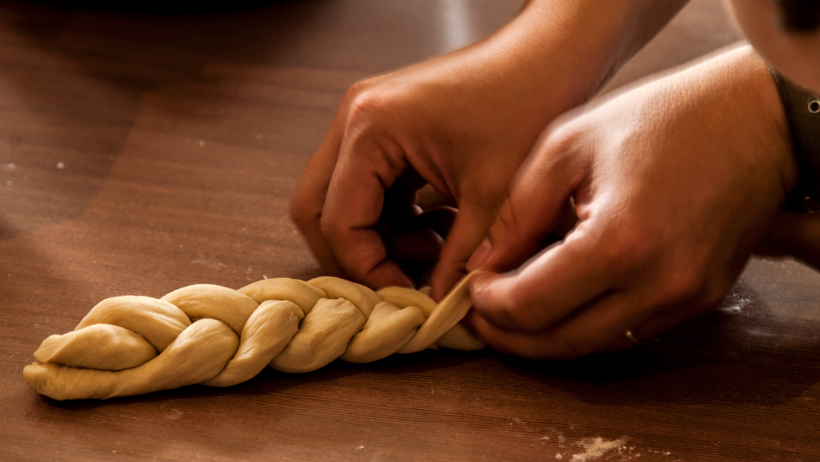
.jpg)
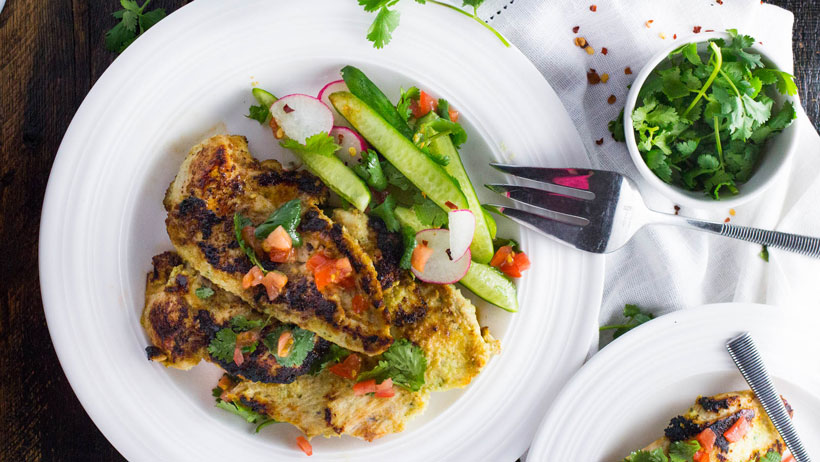
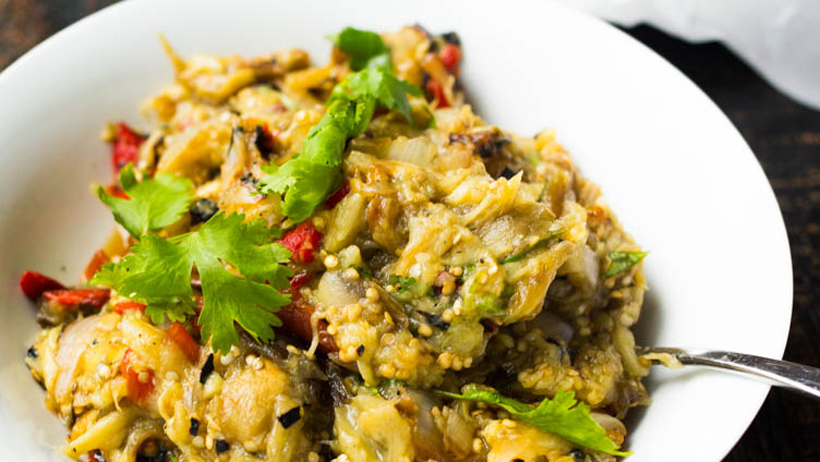
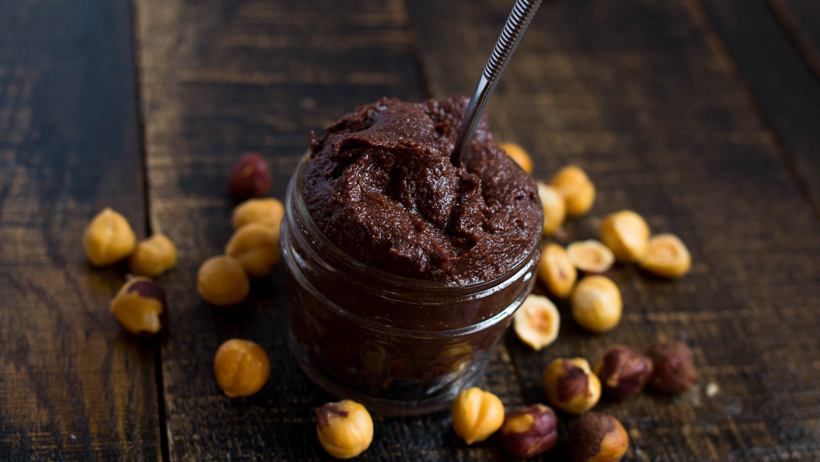
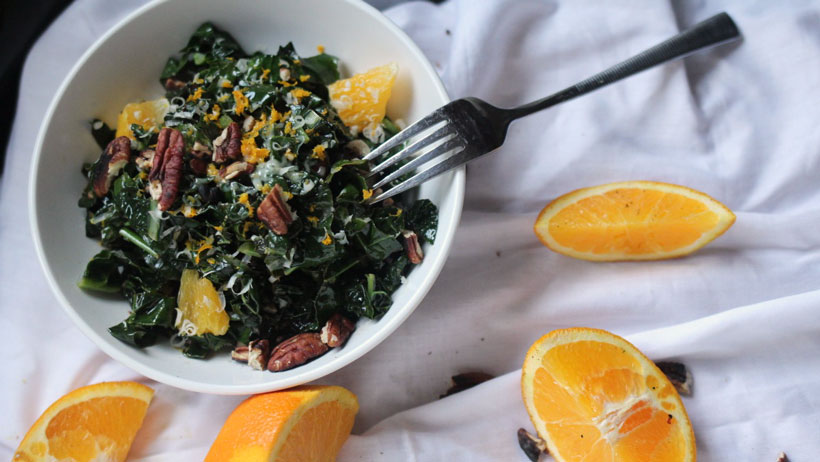

.jpg)



